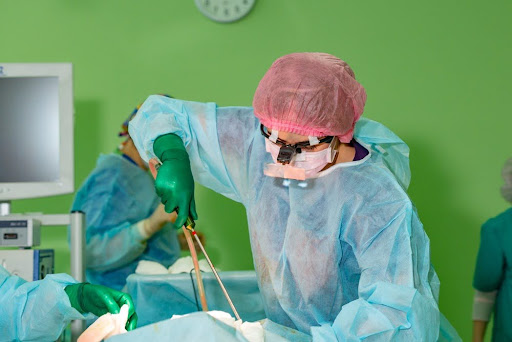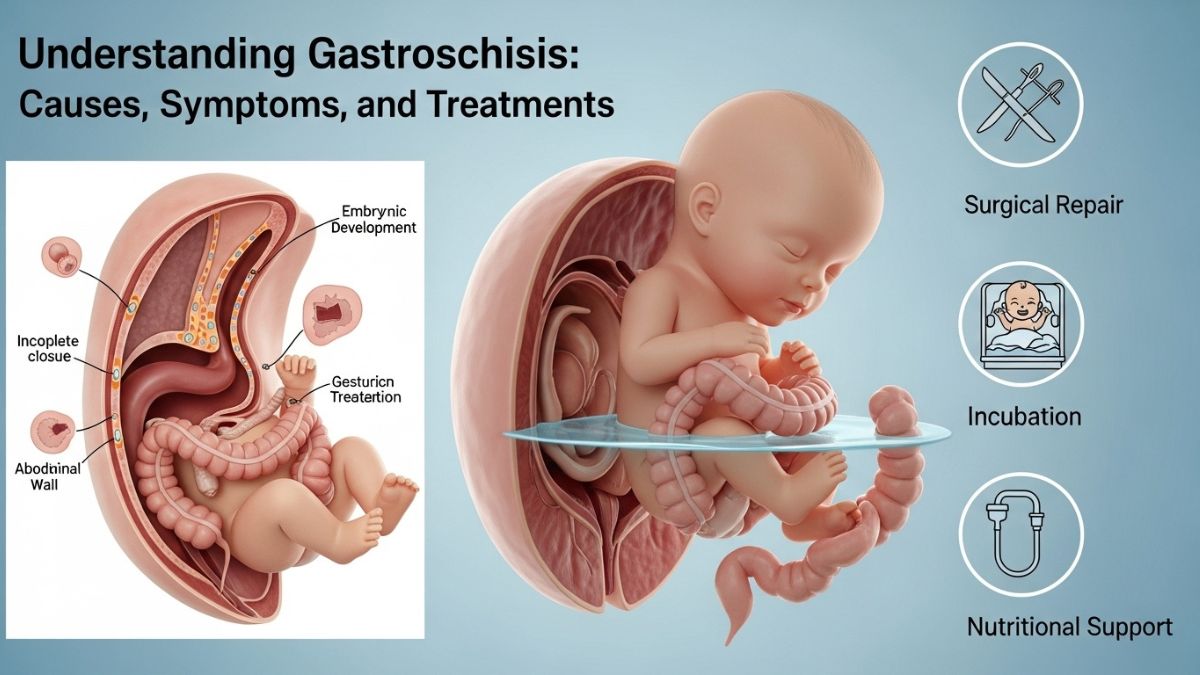Liposuction is one of the most recognizable procedures in plastic surgery today. It sits at the intersection of medical science, cultural aspiration, and social identity. Its journey, however, has not been smooth. From failed experiments in the early twentieth century to the highly sophisticated contouring techniques now available, the history of liposuction reveals as much about human desires as it does about surgical innovation.
Early Attempts in the 1920s
The first recorded attempts at surgical fat removal were carried out in the 1920s by French surgeon Charles Dujarier. He operated on a dancer who wanted thinner legs, using techniques that removed both skin and fat. The result was catastrophic. She developed gangrene, which required amputation. This failure was so severe that it discouraged further exploration of cosmetic fat removal for decades. Medical journals of the time regarded the attempt as reckless, underscoring the importance of surgical precision and patient safety.
The 1970s: Cannulas and the Birth of Modern Liposuction
The idea resurfaced in the 1970s. Two Italian surgeons, Arpad and Giorgio Fischer, pioneered the use of blunt hollow cannulas attached to suction machines. This innovation marked a turning point, since it allowed surgeons to remove fat without cutting away large portions of skin. Soon after, French physician Yves-Gérard Illouz introduced what he called the “wet technique,” which used saline solutions to reduce bleeding during suction. Around the same period, Pierre Fournier contributed refinements in technique and patient aftercare. These developments transformed liposuction from a dangerous experiment into a viable surgical procedure.
The 1980s: The Tumescent Revolution
The biggest leap forward came in 1987 with the work of California dermatologist Dr. Jeffrey Klein. He introduced the tumescent technique, which involved injecting a large volume of diluted lidocaine and epinephrine into fatty tissue before suction. This approach minimized bleeding, reduced pain, and made it possible to perform liposuction under local anesthesia. Medical publications from the late 1980s describe this as a milestone that dramatically increased the safety of the procedure. Patients no longer required general anesthesia, which meant fewer risks and shorter recovery times.
The 1990s and 2000s: Energy-Assisted Methods
The next wave of innovation came in the 1990s and early 2000s. Power-assisted liposuction, which used vibrating cannulas, reduced surgeon fatigue and made fat removal faster and more precise. Ultrasound-assisted liposuction followed, particularly useful in fibrous areas like the male chest or back. Soon after, laser-assisted techniques appeared, including the popular SmartLipo system. These methods not only liquefied fat but also promoted some degree of skin tightening, offering more comprehensive results.
Surgeons writing in plastic surgery journals during this period debated the advantages and risks of each method. Ultrasound technology initially caused concerns about burns and tissue damage, but refinements improved safety. Lasers were marketed as cutting-edge solutions, but professionals cautioned patients to look beyond branding and focus on surgical expertise.
The Present Day: Artistry and Definition
In the last two decades, liposuction has evolved from simple fat removal to an art of sculpting. High-definition liposuction emphasizes natural muscle lines, giving patients the look of athletic tone. Medium-definition approaches offer more subtle refinement. Surgeons now see liposuction as body contouring rather than mere reduction.
Reports by the American Society of Plastic Surgeons show that liposuction has become the most commonly performed cosmetic surgery in the United States, surpassing breast augmentation in recent years. The 2022 statistics reported over 325,000 procedures, reflecting a 23 percent increase compared to 2019. This surge highlights not only technical improvements but also social acceptance.
A Cultural and Anthropological Perspective
Anthropologists view procedures like liposuction as mirrors of social values. In California, where body image is often tied to career, lifestyle, and identity, liposuction reflects broader cultural forces. In Los Angeles, a city defined by Hollywood standards, patients seek sculpted looks that align with media ideals. In Silicon Valley, younger executives use liposuction and non-surgical treatments as part of career longevity, showing how physical appearance intersects with professional identity.
Equally important is the growing male market. Procedures such as abdominal etching, which define six-pack lines, are increasingly requested by men influenced by social media. Studies in aesthetic surgery journals describe this as a generational trend, where body modification is no longer gender-exclusive but part of mainstream male grooming.
The Local South Bay Experience
In suburban communities like Torrance, patients often seek balance between transformation and natural appearance. The emphasis is on finding surgeons who understand both medical safety and personal goals. Many people considering liposuction Torrance want results that enhance their confidence without looking exaggerated. This localized demand reflects a cultural trend: aesthetic enhancement is part of everyday life, not just an indulgence for celebrities.
Just a few miles away, liposuction Redondo Beach appeals to a slightly different sensibility. Redondo Beach patients often value a natural, approachable look that fits with coastal lifestyles. The focus is less on dramatic alteration and more on maintaining an active, healthy appearance. For both communities, liposuction is seen as a way to harmonize personal image with social and cultural identity.
Risks and Responsibility
Even with its progress, liposuction is not without risk. Surgeons continue to warn patients about complications such as contour irregularities, infection, or fluid imbalance. Extreme versions of body modification, such as rib removal for waist narrowing, highlight the need for careful ethical consideration. Medical literature stresses that while technology can expand options, patient safety and informed consent must remain central.
Patients are also encouraged to recognize that liposuction is not a substitute for weight loss. Professional guidelines describe it as a contouring tool for individuals close to their ideal weight who want to address resistant fat deposits. When framed correctly, liposuction is part of a holistic approach to health and wellness rather than a shortcut.
Why History Matters
The story of liposuction shows how medical innovation often arises from trial, error, and cultural demand. From the disastrous attempt in 1920s France to today’s high-definition contouring in California, every step has been shaped by a mix of science, society, and personal aspiration. Understanding this history helps patients see the procedure not as a passing trend but as an evolving practice grounded in decades of refinement.
Closing Thoughts
Liposuction today is both safer and more precise than ever before. It reflects the desires of patients to look their best while aligning with cultural definitions of beauty and health. In California, where reinvention is part of daily life, liposuction represents more than a surgical procedure. It is a way for people to claim agency over their bodies and project the identities they choose.
From Torrance to Redondo Beach, patients are writing their own stories of self-expression through liposuction. The procedure has traveled a long road from its troubled beginnings, and its place in modern culture shows how far both medicine and society have come.











